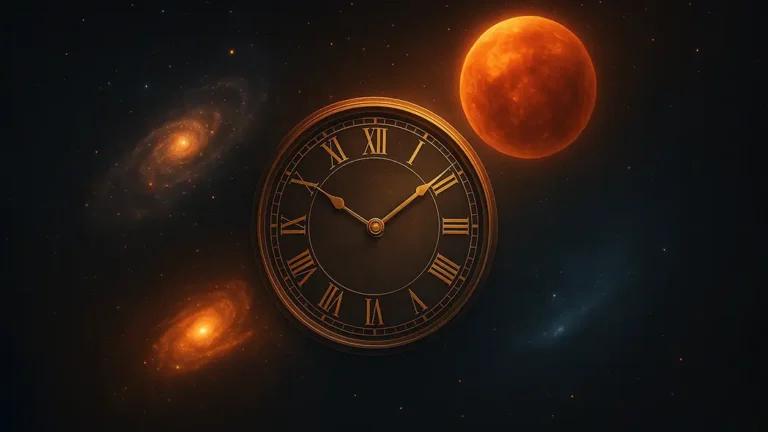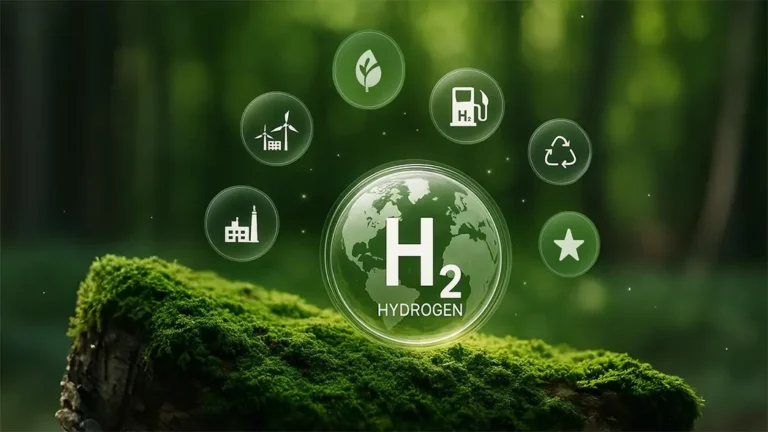The universe is filled with energy. Stars shine. Galaxies spin. Even empty space holds strange energy we can’t see. That leads to a big question: How much energy is in the universe?
This question might sound too big. After all, the universe is huge. It stretches far beyond what we can see. Still, scientists have come up with ways to estimate the total energy inside it.
In this post, we will explore what energy is, where it exists in the universe, and how much of it there is. Don’t worry—we’ll keep everything simple and easy to follow.
Let’s start from the basics.
What Is Energy?
Energy is the ability to do work. That means it can move things, heat them up, or light them up.
There are many types of energy. Here are a few:
- Light energy – like sunlight
- Heat energy – like warmth from a fire
- Kinetic energy – from moving things
- Potential energy – stored energy, like a stretched rubber band
- Mass energy – energy stored in matter (thanks to Einstein’s famous equation E = mc²)

In space, energy shows up in many forms. It moves stars. It makes galaxies spin. It even affects how the universe grows.
Where Is Energy Found in the Universe?
Energy is not just in stars. It is everywhere. Here are some of the main places we find energy in the universe:
1. Stars
Stars shine because of nuclear fusion. This process turns hydrogen into helium. It releases a huge amount of energy as light and heat.
The Sun is just one star. But the universe has over 100 billion galaxies, and each galaxy has billions of stars. That’s a lot of energy from stars alone.

2. Dark Energy
This is a strange kind of energy. We can’t see it. We can’t touch it. But it makes up most of the universe.
Dark energy pushes galaxies apart. It causes the universe to expand faster and faster. Scientists think it makes up about 68% of everything in the universe.
3. Dark Matter
This is not energy itself. But it has mass. And since mass is a form of energy, dark matter also counts. It helps hold galaxies together. Without it, galaxies would fly apart.
Dark matter makes up about 27% of the universe.
4. Normal Matter
This is all the stuff we can see and touch—stars, planets, gas, dust, and you and me. Normal matter is only about 5% of the universe.
Still, it holds a lot of energy, especially if we count the mass energy stored inside it.
5. Radiation
This includes light, radio waves, X-rays, and more. Most of it comes from stars and other hot objects. There’s also leftover radiation from the Big Bang. It’s called the cosmic microwave background.
Is Empty Space Really Empty?
Even the darkest parts of space are not truly empty. Tiny particles and light waves travel through space all the time. Some energy is spread thinly, but it’s still there.
How Do Scientists Estimate the Energy in the Universe?
Scientists use math and observations to figure this out. They study galaxies, background radiation, and how the universe expands.
A famous tool they use is Einstein’s equation: E = mc² This means energy equals mass times the speed of light squared. That’s a big number. So even a small bit of mass holds a lot of energy.
Using this, scientists can turn mass into energy and get a rough idea of the total energy.
How Much Energy Is in the Universe?
Let’s get to the big question.
While we can’t measure everything exactly, scientists have good estimates.
They found that the mass of all normal matter in the observable universe is about:
1.5 × 1053 kilograms
Using E = mc², this equals about:
1.35 × 1070 joules
That is 135 followed by 68 zeros joules of energy.
This only includes normal matter, though.
If we add in dark matter and dark energy, the total energy becomes even larger.
Some estimates say the total energy of the universe—including dark energy and dark matter—could be close to:
That’s a 2.7 followed by 71 zeros—a number too large to truly imagine.
Is the Total Energy Really That High?
Yes, it is massive. But here’s something interesting. Some scientists think the total energy of the universe might be zero.
How can that be?
This idea comes from the fact that gravity has negative energy. When we pull something up against gravity, we give it potential energy. But gravity itself pulls things down and cancels some of that energy.
So, if you add up all the positive energy (like light, mass, motion) and all the negative energy (from gravity), the total might be zero.
This is still debated. But it’s an exciting idea.
What Does This Tell Us?
Knowing how much energy is in the universe helps scientists in many ways. It helps them learn how the universe began. It shows how the universe works today. It also gives clues about what might happen in the future.
Energy is what drives change. It builds stars. It powers galaxies. It shapes space and time.
Energy helps us understand the past, present, and future of the universe.
Examples to Understand the Scale
Big numbers are hard to picture. So let’s break it down.
1. The Sun’s Energy
The Sun gives off about 3.8 × 1026 joules per second.
That’s enough to power human life for millions of years.
Now imagine that, times billions of stars, for billions of years.
2. Energy in One Kilogram of Matter
One kilogram of matter contains about 9 × 1016 joules of energy. That’s more than the energy from burning millions of gallons of fuel.
So, when we talk about the universe’s energy, we are talking about a number so large that it is beyond everyday thinking.
Can We Use the Energy of the Universe?
Not really. Most of the universe’s energy is too far away or locked in forms we can’t use.
Dark energy and dark matter are still a mystery. We don’t know how to tap into them.
Even stars are too far for us to reach.
On Earth, we use a tiny bit of solar energy, fossil fuels, and some nuclear energy. These are just drops in the ocean compared to the universe’s energy.
Energy Changes Form, But Stays Constant
Stars will keep shining for billions of years. Even when stars die, new ones are born. Supernovas, black holes, and cosmic events release more energy.
So, the energy in the universe changes forms. But it does not disappear.
This follows a rule called the law of conservation of energy. It says energy can change form, but the total amount stays the same.
Final Thoughts
So, how much energy is in the universe?
Even though we can’t measure it all, we know the number is huge—about 2.7 x 1070 joules just in the part we can observe.
Some scientists think the total energy might even be zero if you count gravity.
Energy powers everything around us. It lights up stars. It stretches space. And it helps us unlock the secrets of the cosmos.
So next time you look up at the night sky, remember this. Every twinkle, every glow, and even the dark space between hold some form of energy.
And that energy has been shaping our universe since the very beginning.




